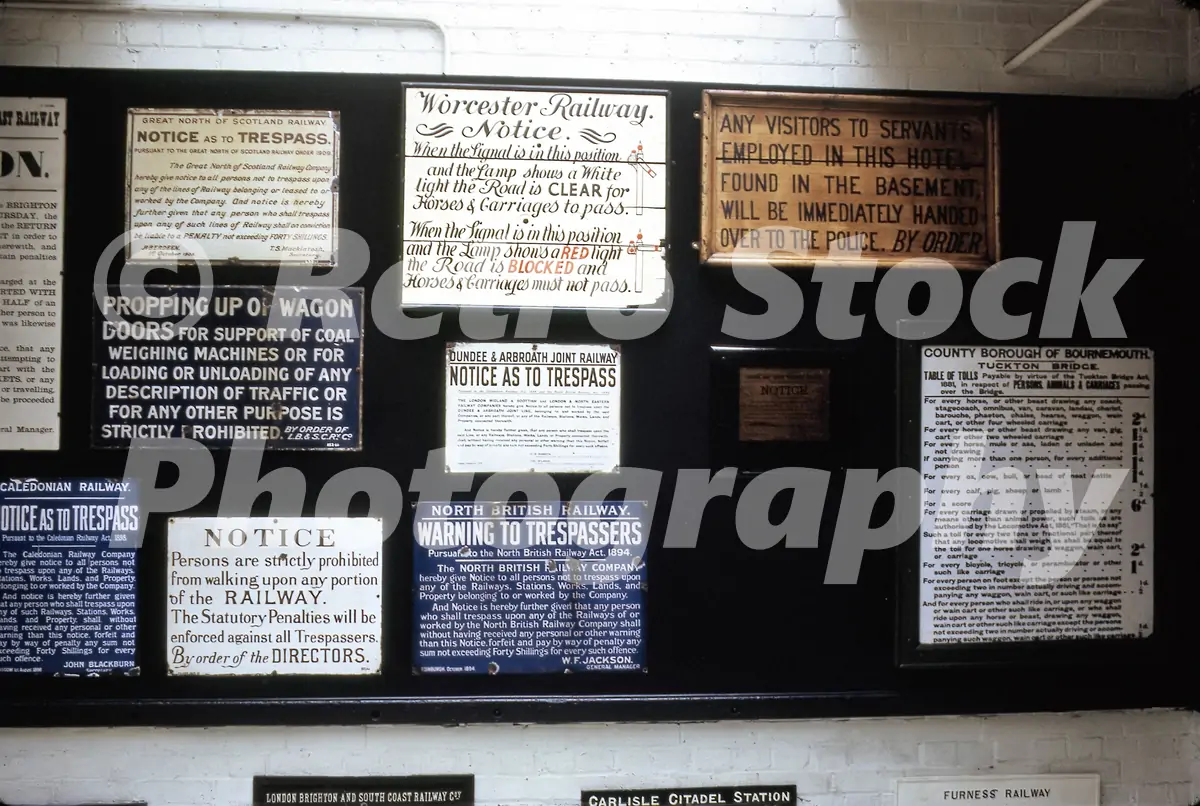🚉 The Museum of British Transport, Clapham – A Lost Treasure of London’s Transport History
Before the London Transport Museum found its permanent home in Covent Garden, there was the Museum of British Transport at Clapham—a remarkable, if now largely forgotten, institution that once showcased Britain’s rich transport heritage under one roof.
📍 Location and Origins
The museum opened in 1961 inside a former tram and trolleybus depot on Clapham High Street, south London. Operated by the British Transport Commission, it was one of the first serious attempts to bring together the story of Britain’s railways, buses, trams, canals, and roads for the general public.
Though it never gained the fame of its successor at Covent Garden or the National Railway Museum in York, the Clapham museum left a lasting impression on those who visited during its relatively short life.
🚂 The Collection
The museum’s displays were diverse, immersive, and often dramatic, spread across the large indoor space of the former garage. Key highlights included:
🚆 Full-Size Railway Locomotives and Carriages
Visitors could walk among beautifully preserved steam locomotives, including early examples from the 19th century and more modern engines from the 20th century. Coaches and wagons from various railway companies provided a tangible connection to the golden age of British rail.
🚋 Trams, Trolleybuses and Buses
The museum featured a unique display of London’s trams and trolleybuses, some of which had been withdrawn from service only a few years earlier. Several vintage double-decker buses were also on show, including early horse-drawn examples and later petrol and diesel models.
🪧 Wall of Railway Signs
One of the most striking exhibits was a giant wall of station nameboards and signs—a mosaic of Britain’s rail heritage, featuring totems, warning notices, directional signs, and examples from the GWR, LMS, LNER, and Southern Railway. It gave a vivid impression of just how visually diverse the railways once were.
🚢 Maritime and Canal Displays
Though smaller in scale, the museum also included exhibits on Britain’s canals, waterways, and maritime history, including ship models, navigation equipment, and canal-side signage.
🛤 Railway Infrastructure and Models
Detailed models of stations, signal boxes, and infrastructure sat alongside working model railway layouts, which were a huge hit with younger visitors.
🧾 Educational and Public Role
The Museum of British Transport was more than just a collection of old vehicles—it aimed to educate the public about the evolution of transport in Britain. Informative panels, mechanical exhibits, and guided tours helped bring the past to life in an age before digital interactivity.
🏛 Closure and Legacy
In 1973, the museum closed its doors to the public. The decision was made to create a more centrally located venue, which would become the London Transport Museum in Covent Garden, opening in 1980.
Much of the national railway collection was also transferred to York, where the National Railway Museum opened in 1975. Some items went to other museums or were placed in storage by the Science Museum Group.







Reviews
There are no reviews yet.